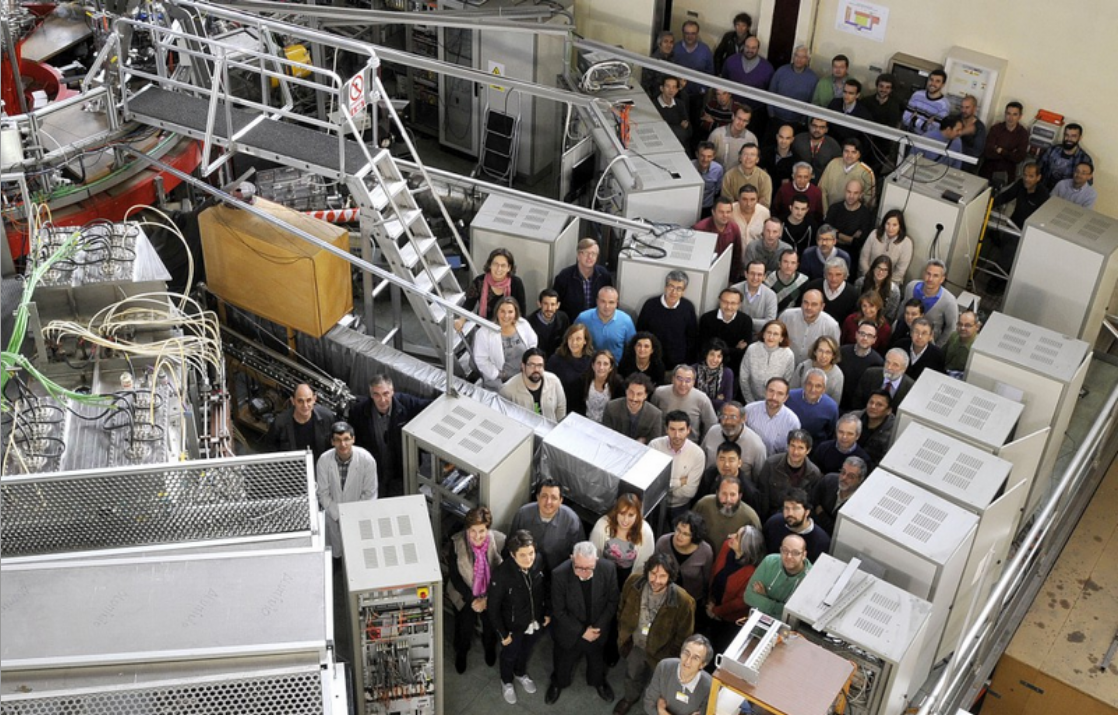
CIEMAT’s TJ-II Fusion experiment have completed twenty years of operation from the first high temperature plasmas that were achieved in December in 1997.
During those twenty years, the TJ-II device has contributed successfully to science by incorporating a unique set of measurement and instrumentation systems for model validation and essential theory for confinement fusion plasma physics. As a result of this strategy, the results obtained from TJ-II have contributed to crucial subjects, such as physics of transporting impurities, control of instabilities generated by energetic particles, physics of self-organization in systems not in equilibrium, and coupling between neoclassical and turbulent transport mechanisms, which have led to publications in the most prestigious physics journals, such as “Physical Review Letters” and “Nuclear Fusion”.
The TJ-II experiment was launched in the late 80’s with a clear objective, the introduction of the industry and the Spanish system of science and technology in the European Fusion Program, funded by the European Union, which planned large investments in high-tech developments.

One of the great collateral contributions of TJ-II was creating an internationally-recognized multi-disciplinary team for Fusion research, that was a pillar in the Spanish bid in 2002 to host the international ITER Fusion experiment in Vandellós and has again been the basis for the proposal to place the next phase of the IFMIF project in Granada (Spain), the DONES neutron source.
On the other hand, TJ-II was the seed of Spanish industrial participation in Fusion. Currently, the Spanish industry occupies the third position after Italy and France in the contract awarding for ITER construction, with a total of more than 180 contracts to Spanish companies with a value of more than 740 million euros.
The TJ-II engineers and scientists have also participated in the IFMIF and JT60 projects, developed in Japan together with the Japanese QST Institute and the European CEA (France), ENEA (Italy), KIT (Germany), and SCK (Belgium).
Today, the experiment is in a mature stage, providing the best scientific results. The start of operation in 2016 of the great W7-X German superconductor experiment marks the guidelines for the TJ-II scientific program, a program that we see with the perspective to reach at least the 25th anniversary of the December 1997 first experiments.
Our Fusion group enjoys successful and lively collaborations with the TJ-II team focusing on the modelling of the properties of plasma instabilities driven by fast ions introduced by neutral beam injection in TJ-II plasmas and further development and optimization of the gyrokinetic particle-in-cell (PIC) code EUTERPE for the global linear and non-linear simulations of fusion plasma instabilities in three-dimensional geometries.
Source: CIEMAT’s magazine Vertice

Happy birthday!